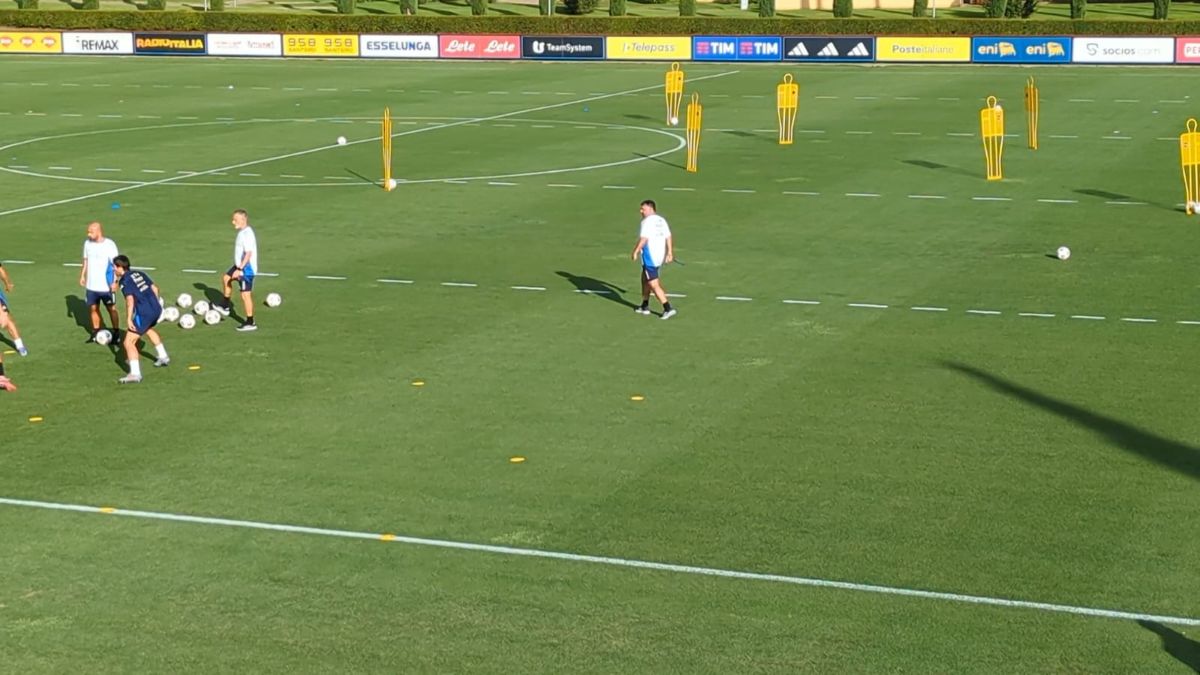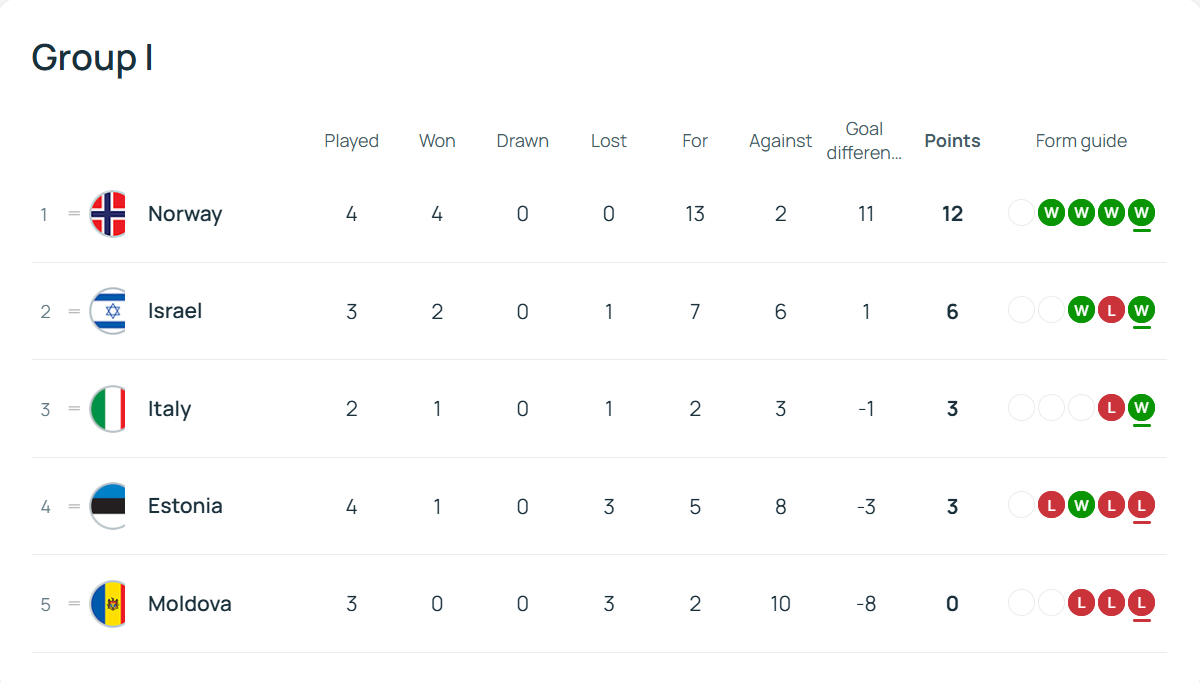In the volatile world of international football, a fresh face at the helm often brings a mixture of trepidation and fervent hope. For the Italian national team, the appointment of Gennaro Gattuso as head coach for the 2026 World Cup qualifiers has already stirred the pot, with early reports suggesting an unexpectedly smooth, even exceptional, transition.
Rino`s Roar: From Midfield Enforcer to National Tactician
Gennaro Gattuso, affectionately known as “Rino,” is a name synonymous with ferocious tackling, tireless running, and an unyielding will to win. As a player, he embodied the quintessential Italian grit, famously anchoring AC Milan`s midfield during an era of Champions League glory. His coaching career, while marked by flashes of brilliance and periods of intense scrutiny, has largely mirrored his playing style: passionate, demanding, and often, frankly, a bit fiery.
Given this reputation, one might expect his initial days in charge of the Azzurri to be a whirlwind of impassioned speeches and rigorous, possibly ear-splitting, training sessions. However, assistant coach Luigi Riccio`s assessment has painted a surprisingly tranquil, yet incredibly positive, picture. Riccio stated that Gattuso`s first few days with the squad “went beyond expectations.” A curious choice of words, perhaps, for a man whose very presence traditionally defines expectations of intensity. Could it be that beneath the well-documented fervor lies a calm, calculated tactician? Or perhaps, the squad`s readiness simply exceeded their wildest dreams.
A Challenging Start, A Lofty Ambition
The road to the 2026 World Cup is already fraught with the ghosts of past qualification failures for Italy. Having missed the last two tournaments, the pressure to secure a spot on the global stage is immense. The qualifiers for the Azzurri began under previous coach Luciano Spalletti with a concerning 3-0 defeat to Norway, followed by a somewhat reassuring 2-0 victory over Moldova. This mixed start ultimately led to Spalletti`s departure, thrusting Gattuso into a scenario where immediate results are not just desired, but imperative.
Gattuso`s official work with the national team only commenced this week, despite his appointment in June. This delay added a layer of anticipation, making the initial impressions even more critical. Riccio highlighted the “stimulating” nature of working with a “very high level” group of players, suggesting that the talent pool is certainly not the issue.

Tactical Nuances: An Offensive Gamble?
For Gattuso`s debut match against Estonia, the tactical choices reveal a clear intent: attack. The proposed 4-2-3-1 formation, featuring both Mateo Retegui and Moise Kean upfront, signals a proactive approach to generate goals. This dual-striker setup, even within a 4-2-3-1, suggests flexibility and a willingness to explore offensive partnerships. Riccio confirmed this, noting, “They proved during the week that they can play together, so it is an extra tactical solution we can draw on.”
The squad selection itself was reportedly challenging due to the depth of talent, a pleasant dilemma for any national coach. However, one notable absence is Gianluca Scamacca, sidelined by a knee issue, which somewhat limits Gattuso`s initial striking options but hardly diminishes the overall attacking firepower available.
The Group I Conundrum: Playing Catch-Up
Italy finds itself in a precarious position in Group I. Norway has already amassed a formidable 12 points from four games, establishing an early lead. Israel, with six points from three matches, also poses a significant threat. This means that every point, every goal, and indeed, every decision under Gattuso`s leadership, will be scrutinized. The luxury of a slow start is simply not afforded to a team already playing catch-up.

The Road Ahead: Hope on the Horizon
The initial positivity surrounding Gattuso`s arrival is a crucial ingredient for a team aiming to rediscover its former glory. While the “beyond expectations” sentiment is encouraging, the real test lies on the pitch. The blend of Gattuso`s legendary tenacity, a talented squad, and a clear tactical direction offers a glimmer of hope for the Azzurri. The journey to the 2026 World Cup will be long and arduous, but with a coach who seemingly surprises even his closest colleagues with his initial impact, Italian football fans might just have reason to believe that this time, their national team is truly heading towards a new, more triumphant, era. One can only hope this unexpected calm transforms into consistent victories, rather than the more anticipated volcanic eruptions.








